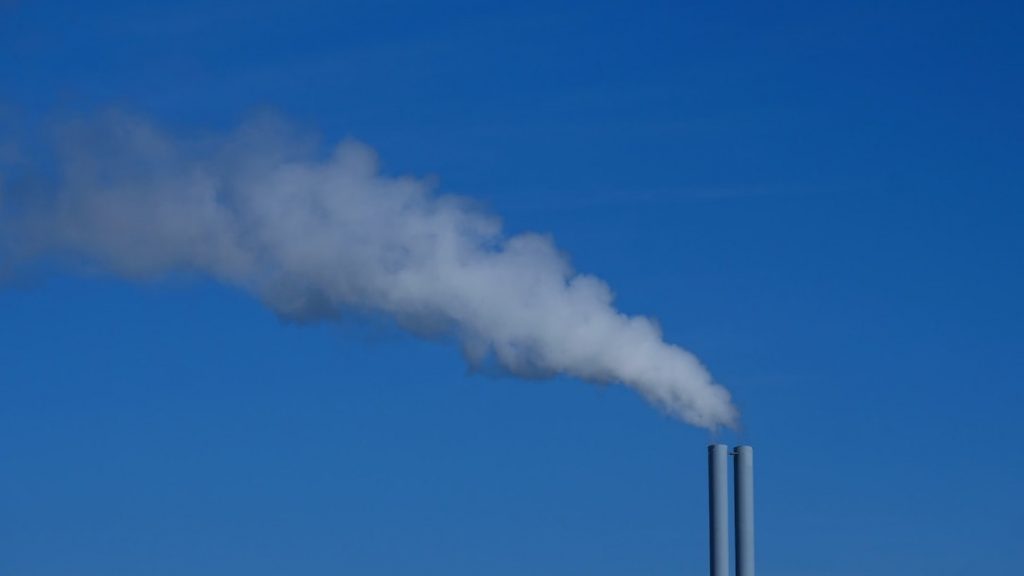As humanity continues to expand and grow, we are developing a deeper understanding of our world and how interconnected everything is. Something that once seemed simple, like the air we breathe, has become increasingly complicated as we’ve learned about the interweaving impact we have had on our environment as well as how our environment affects us in return. The following will explore a few of the many ways clean air systems, solutions, and initiatives are crucial for a healthier, happier environment and, therefore, healthier and happier people.
Air Is Reciprocal
What we put into the air is absorbed by people, plants, and animals through respiration. What we inhale is filtered by our nose and lungs before it enters our bloodstream, our brains, and each cell in our body. After all, this is done, we push the air back out into the world for other people, animals, and plants to breathe.
Because of the reciprocal nature of air, this invisible substance has a massive impact on all living things’ health and wellbeing. Breathing in air that is full of toxins and contaminants can result in a myriad of health conditions, including cancer, respiratory illnesses, and cardiovascular diseases. This means paying attention to what we put out into the air, and what we leave there is a major responsibility. To make matters more difficult, it’s not always easy to detect whether we’re breathing in something we shouldn’t be. Air filtration systems and clean air solutions help minimize the number of toxins in the air and the severe health problems caused by them.
Air Pollution Is Especially Harmful To Children
Several studies have been exploring the long-term relationship between children’s health and air pollution. The results are shocking. Breathing even relatively low levels of polluted air can alter the size of a child’s developing brain, which puts them at much higher risk of developing cognitive and emotional problems in their teens and early adulthood. These problems can bleed over in every aspect of a child’s life.
Even the exposure of a pregnant woman to polluted air can result in brain development effects, slower processing speed, attention-deficit, and other hyperactivity disorders and neurobehavioural problems in youth. It’s also associated with lower birth rates and increased chances of having a child with autism. High-blood pressure in later life has also been linked to exposure to contaminated air in the second and third trimesters.
From our partners:
Severe Environmental Health Hazards
It is estimated that in 2013 alone, air pollution caused 467,000 premature deaths in Europe. The World Health Organization and the European Environment Agency cite air pollution as the single largest environmental health hazard in all of Europe. Many solutions have been put forward, and each one deserves research and scrutiny.
Governments can enforce stricter testing and controls on a larger scale, limiting how much of each toxin is allowed to be emitted into the air. Of course, these measures are important, but they take a long time to enact. Many people want to know what they can do in their own homes and workplaces to reduce the risk of harm.
Indoor Air Pollution Is Worse Than Outdoor Air Pollution
It might seem counter-intuitive, given that factories and cars and pesticides are all outdoor things. It turns out, the air inside your home, office, and work environment has five to ten times higher concentrations of dangerous pollutants and chemicals. Home filtration systems, combined with reducing products high in VOCs or other pollutants, seem to be a good place to start. Experts at topairsystems.com emphasize that in workplaces where hazardous fumes are necessary, additional precautions should be taken. No matter what substances you’re working with, there are systems designed specifically to help reduce or eliminate risk.
It’s Not Only About Us
In the same way, humans are negatively impacted by poor air quality, animals and plants suffer too. Birth defects, reproductive failure, and diseases among animals have all been linked to an increase in unclean air. Beyond this, the atmosphere’s structure is challenged daily by man-made compounds like halons (coolants, foaming agents, pesticides, aerosol propellants, solvents), hydrochlorofluorocarbons, and chlorofluorocarbons. Altering the atmosphere affects how the sun’s rays penetrate the earth putting plant life and ecosystems at risk.

The above exploration of how our air influences our environment, health, and wellbeing is only the tip of the iceberg. There are thousands of aspects to this continually-evolving struggle for clean air. Take the time to research the products you use in your home and workplace and their effect on the air around you. Look into alternatives and air filtration or cleaning systems. If enough people focus on this, a big difference can be made.













